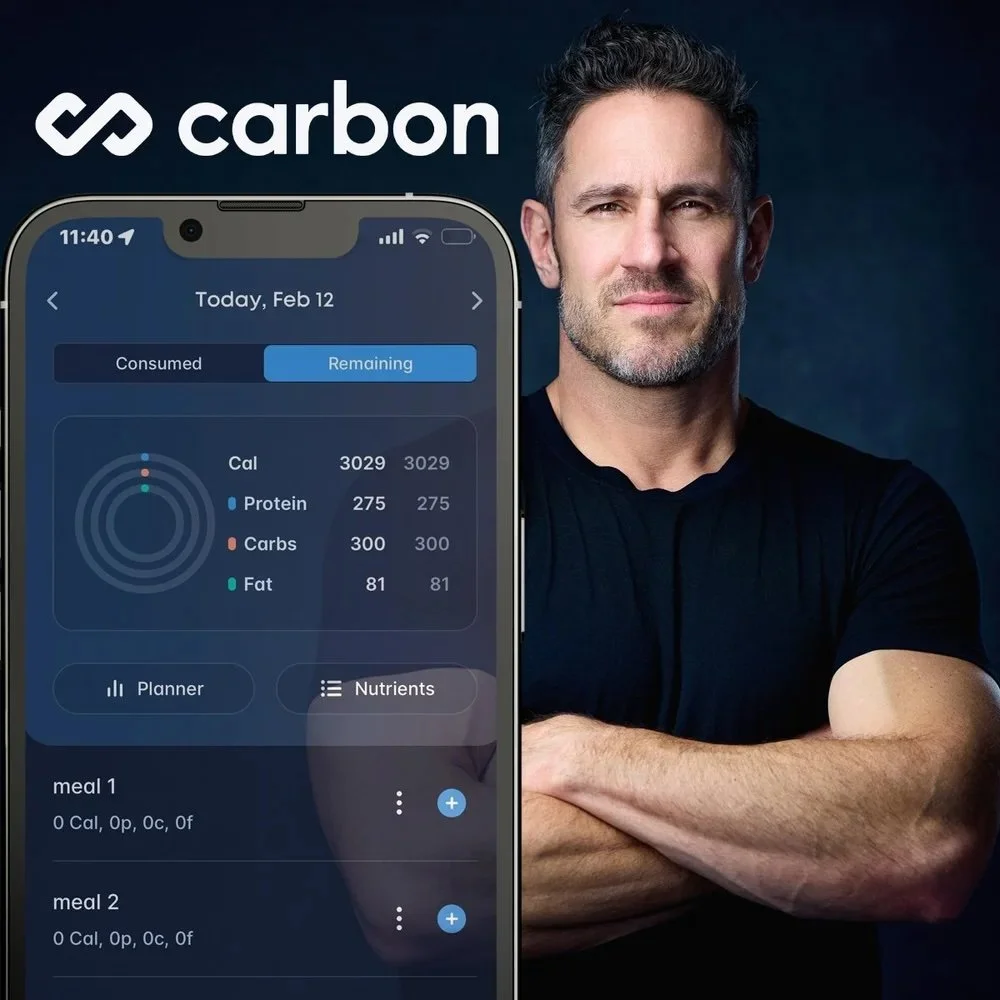Healthy Whole Foods Before You Start Tracking Macros
By Don Saladino, Coach & Health Entrepreneur
Do You Need to Track Macros Right Away?
If you’re starting your nutrition journey, you might be wondering: “Do I have to track my macros immediately?”
Here’s the truth… before you log a single gram of protein, fat, or carbs, you’ll see incredible progress simply by focusing on the quality of your food.
Macros matter, yes. But if the foundation isn’t solid, you’re building a house on sand. First, we build the base.
Why Whole Foods Come First
Whole foods like lean proteins, colorful vegetables, seasonal fruits, whole grains, and healthy fats deliver far more than calories. They provide the vitamins, minerals, & fiber your body needs to recover, perform, and thrive.
When you prioritize whole foods:
Your energy stabilizes
Hunger and cravings drop
Recovery and sleep improve
Your body naturally starts to lean out
The Smart Cart Approach
Think of your grocery cart as your first meal plan. If it doesn’t make it home, it won’t end up on your plate.
Here’s the simple filter I give my clients:
80% of your cart: fresh produce, lean proteins, and whole-food staples
20% of your cart: pantry essentials and the occasional treat
This creates structure without restriction.
What to Prioritize
Here’s where to start before worrying about grams and percentages:
Proteins: chicken, turkey, fish, eggs, Greek yogurt, beans, lentils
Carbs: sweet potatoes, oats, brown rice, quinoa, seasonal fruit
Fats: avocado, olive oil, nuts, seeds, fatty fish
Veggies: load up. There’s no such thing as too many
When you consistently stock these, your meals practically track themselves.
When to Add Macro Tracking
Once eating whole foods becomes automatic, then it’s time to layer in macro tracking. At that point, you’re already working from a solid foundation, so the numbers won’t feel overwhelming.
Tracking becomes a fine-tuning tool. When you are ready to get started, I recommend the Carbon Diet App. This link will give you a free trial: https://web.joincarbon.com/a/don
The Takeaway
Don’t overcomplicate things. Start by mastering the basics: fill your cart with nutrient-dense whole foods and build that foundation. From there, tracking macros becomes an upgrade.
Progress comes from consistency, not perfection. Nail the fundamentals and let’s go.
👉 Results come from both nutrition and strength training. If you’re ready to put it all together, take my 5-Question Quiz and I’ll match you with the training program that fits your goals.
FAQS
-
No. If you focus on whole foods and build meals around protein, healthy carbs, and vegetables, you’ll make progress without tracking every gram.
-
Whole foods give your body more than just numbers on a nutrition label. They provide vitamins, minerals, fiber, and phytonutrients that support energy, recovery, digestion, and long-term health. Macros measure protein, carbs, and fats, but they don’t tell you about food quality.
-
Once you’ve built a consistent whole-food foundation, layering in macros helps fine-tune results, especially for performance or body composition goals.
-
Use the Smart Cart Method: fill 80% of your grocery cart with fresh produce, proteins, and whole food stapes. Stocking the right foods makes eating healthy automatic.


